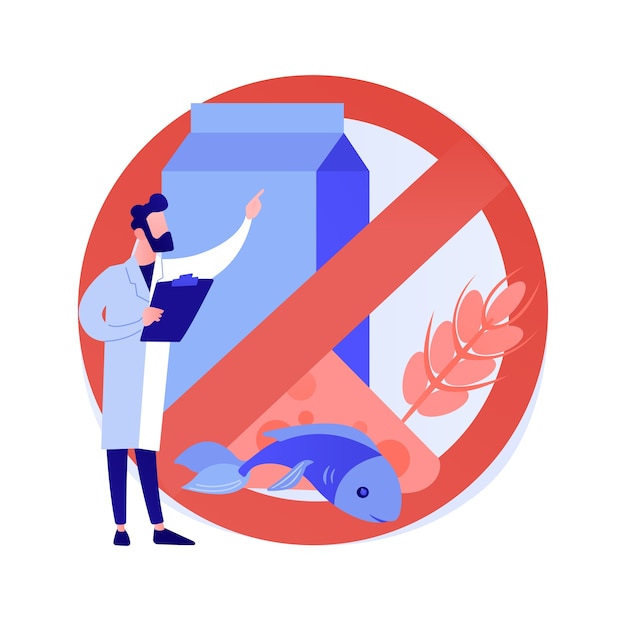
Food allergies are pretty common and can affect anyone, both kids and grown-ups. It’s when certain foods make your immune system overreact. While any food can do this, there are eight main ones that usually cause trouble.
In the U.S., about 5% of kids and 4% of adults have food allergies. Globally, anywhere from 250 million to 550 million people deal with this, and the numbers are going up each year.
Food allergies happen because the immune system mistakenly thinks some proteins in food are dangerous, like bacteria or viruses. So, it fights back by releasing chemicals like histamine, which leads to swelling and other allergy symptoms.
Even a tiny bit of a problem food can set off symptoms quickly, sometimes in minutes, or it might take a few hours. Common signs include vomiting, diarrhea, rash, and itching. In severe cases, it can lead to anaphylaxis, which needs immediate medical care.
People often confuse food intolerance with allergies, but they’re not the same. Intolerance doesn’t involve the immune system, so it’s not life-threatening, though it can be annoying.
Food allergies are categorized into two types: IgE and non-IgE. The IgE type involves a specific antibody that fights infection, while the non-IgE type doesn’t.
Main Foods That Cause Allergies
1. **Eggs:** Often cause allergies, especially in kids, but many outgrow it by age 16. Symptoms can be rashes, stomach aches, respiratory troubles, and rarely, anaphylaxis. Some people may react only to egg whites or yolks. Most kids can handle baked goods with eggs as the cooking process changes the proteins.
2. **Cow’s Milk:** Mostly affects infants and young children when they have cow’s milk protein early on. Usually, it improves by age three. Symptoms can be hives, swelling, vomiting, or, in rare cases, anaphylaxis. Avoid dairy products if allergic.
3. **Shellfish:** Common allergens include shrimp, lobster, and squid. The protein tropomyosin usually triggers the allergy. Symptoms show up fast but are hard to tell apart from reactions to bad seafood. Avoid shellfish entirely if allergic.
4. **Fish:** About 2% of adults have this allergy. It can cause severe reactions similar to shellfish allergies. Carry an epi-pen if you’ve got this allergy to handle accidental exposure.
5. **Soy:** Common in kids under three but 70% outgrow it. Symptoms can include a tingly mouth, rashes, runny nose, or rare anaphylaxis. Avoid soy products if allergic.
6. **Wheat:** Mostly affects kids, who often outgrow it by age ten. Symptoms resemble celiac disease or non-celiac gluten sensitivity but are more severe. Avoid wheat-based products if allergic.
7. **Peanuts:** Allergies here can be severe and sometimes fatal. Children may outgrow it, but it’s risky. Introduce peanuts early under doctor supervision to reduce risk.
8. **Tree Nuts:** Include almonds, cashews, and walnuts. Affects about 1% of people. Allergen traces in foods should be avoided. Carrying an epi-pen can be lifesaving.
**Symptoms:**
Food allergies mainly affect the skin, respiratory, and digestive systems. Common symptoms are vomiting, swelling, itching, and dizziness. Anaphylaxis is a severe reaction that can cause difficulty breathing and requires immediate medical attention.
**Treatments:**
Eliminating allergen-containing foods is essential, but make sure to find alternative sources for essential nutrients like calcium or protein. Always check food labels.
Medications like antihistamines can help manage mild reactions. For severe allergies, carrying an epinephrine auto-injector (like an EpiPen) is crucial to handle emergencies.
Recognizing and avoiding these food allergens can prevent discomfort and serious health problems. If severe symptoms occur, seek medical attention right away as it can be life-threatening.